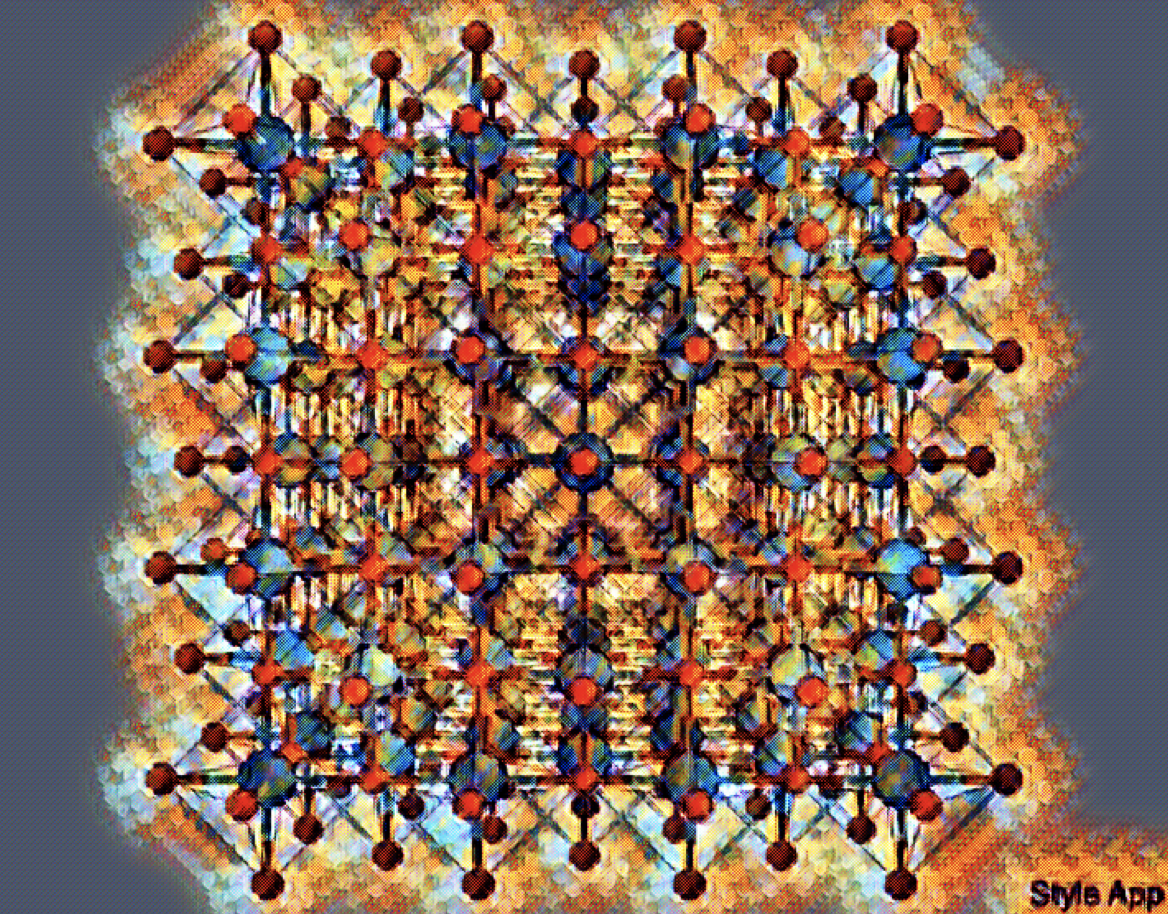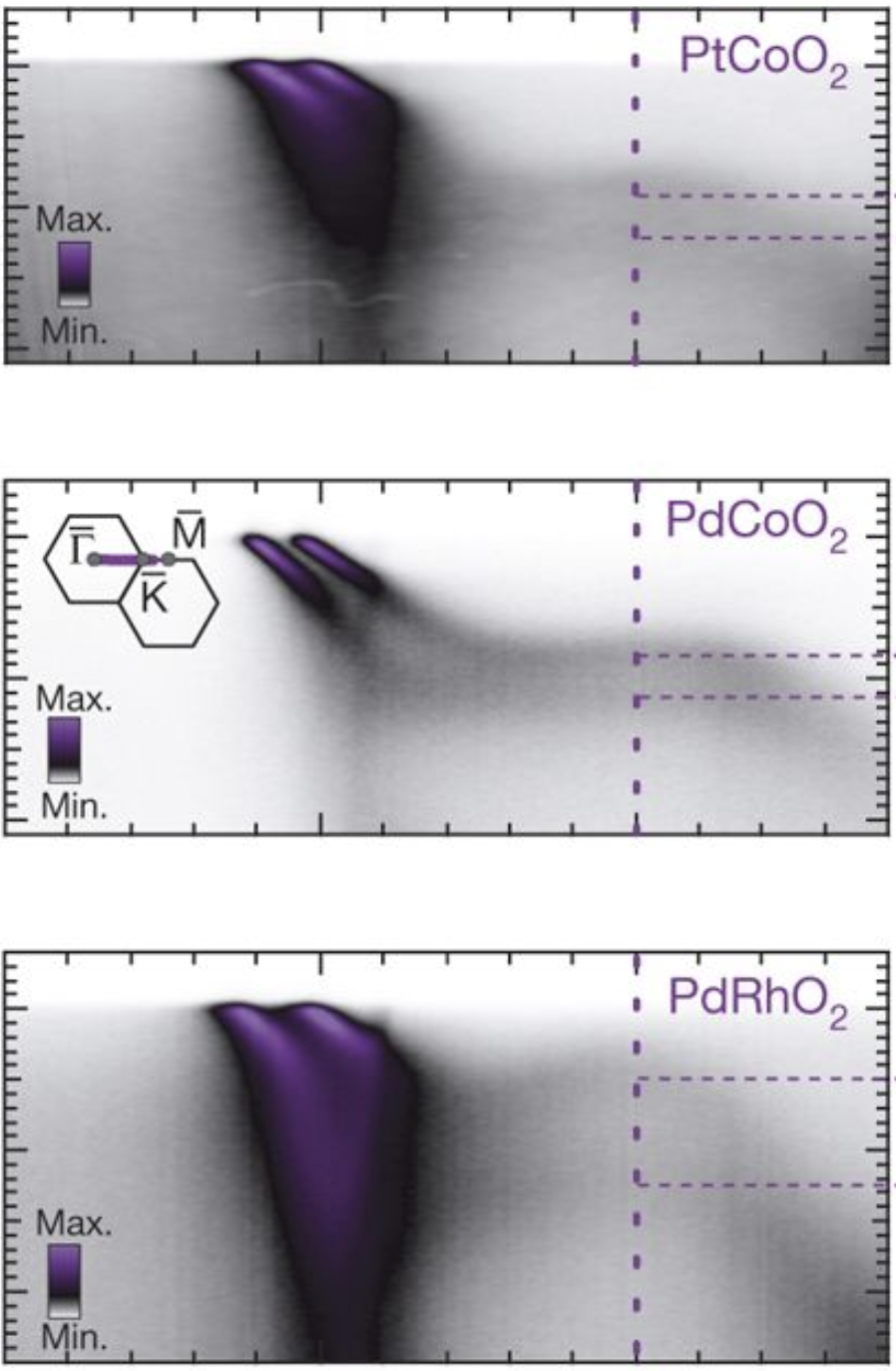Materials Hipster #3: David Scanlon
tags: [materials_hipster oxides dft David is Reader in Computational Materials Chemistry at University College London. Having completed an undergraduate degree in Trinity College Dublin, David then did a PhD in the Watson group in TCD, before moving to UCL to take up a Ramsay Memorial Fellowship. I caught up with David at Diamond Light Source, where he holds a joint position with his UCL lectureship. Checkout David's gallery of cool materials images at his group website.
What’s your all time favourite material?
This is an unusual one, I have two, if that’s alright [that is alright]. One is cadmium oxide; simple rock-salt structure, best transparent conducting oxide you can get, highest conductivities, small band-gap semiconductor that you can dope into being transparent. I think it’s awesome, but nobody likes it because it’s toxic, probably the most annoying thing in the world.

The other one is lead dioxide, I really like lead based systems. Again toxic! [At this point we can point out that David only does modelling work!]. But it’s a really interesting system. For over 100 years people thought it was a metal, but we showed it is a semiconductor (here’s the paper). We also put out this paper showing that it is a really degenerately doped semiconductor, due to oxygen vacancies. In that work we showed that if you could reduce the number of oxygen vacancies or add p-type dopants to kill the electron population then you could find a sweet-spot of carrier concentration where the material would become transparent but still be a conductor, and it now appears that an experimental group in Australia have managed to realise those conditions and found what we predicted, which I think is really cool and exciting.
What material is super hot right now?
I think it’s the whole range of 2D transition metal dichalcogenides. They seem to have applications in nearly everything. I was recently at the MRS in Phoenix and people were looking at them as solar absorbers, as catalysis, for water-splitting and all kinds of crazy valleytronics. For a set of materials with fairly similar structures to have such a range of weird things they can do by changing composition, it’s pretty awesome. Much better than graphene, way more flexible.
Do you have any top tips for the next big thing?
If somebody can manage to make an bismuth or antimony based solar absorber, with good efficiency, then that will be the next big thing. Because people will be chasing the non-toxicity of those systems as a replacement for the lead based absorbers like methyl-ammonium lead iodide, but still with the same interesting electronic structure. Apart from that, maybe a new transparent conducting oxide that is earth abundant, but rivals indium based materials for performance.
RSS feed or scholar alerts?
RSS feeds, definitely. I use Feedly and it allows me to really keep on top of the literature. I now even pay for it, as I am so dependent on it. I really think that using something like that allows me to have an edge over other groups. If I set up my notifications in a sensible way I can get notified about papers as they are accepted, not just as they are published, and even that small amount of time can give you the advantage.
If you could only read one journal, which one would it be?
I think it’s Chemistry of Materials at the moment. It covers everything that I am interested in right now, from photovoltaics to thermoelectrics to transparent conductors. It has a bit of everything in it and I think that its a really top quality journal. You don’t get many bad papers in there.
Tell me about a criminally underrated journal?
In terms of a journal without impact factor yet, ACS Energy Letters. But I am sure that as soon as that actually gets an impact factor it will be a really big player. I used to think J. Phys. Chem. Lett. was the one, but now it’s just J. Phys. Chem. Perovskites.
I like Journal of Materials Chemistry C. You get an awful lot of good papers in there that didn’t quite make it into Journal of Materials Chemistry A, because they lack the wow-factor, or the energy angle, but they’re really carefully done and nice papers.
PRL or JACS?
When I did my PhD it was all about PRL, that was the big thing. As time has gone on, the more I have become annoyed with that journal. I’m going to have to say JACS, even though I don’t want to.
Best crafted paper you’ve read recently?
I’m going to say Tarascon’s review on anion-redox materials. I found it a very nice read, it’s careful in how it analyses the history of the field, it actually gives proper credit to the previous papers that came before the massive breakthrough in about 2010. It’s honest, but hopeful and leaves you full of new ideas for research directions.
Who’s papers always make you read deeper?
Phil King’s. If you can understand a Phil King paper in one read, then you are probably Phil King. If you can do it after ten reads you’re still probably one of the smartest people in the world. Some of the stuff he does is incredible, this recent Nature paper is just amazing.

Favourite conference?
MRS Boston, there is no other conference. It has the best range of speakers, the best range of symposia. For networking it’s fantastic, everyone’s there.
Best conference catering?
EMRS Warsaw. The lunches they put on were amazing, the best mashed potatoes. For an Irishman to say that the Polish mashed potatoes are the best is a pretty big statement.
Worst conference catering?
EMRS Lille was pretty bad.
What do you do outside materials?
Not much these days!! We’re still trying to fix up the house and put our spin on it.
Any top tips on that?
Don’t do it, get a professional!
Whiskey or gin?
Whiskey!! Definitely. I am partial to a Jameson. There’s a time an a place for gin, but whiskey always wins.